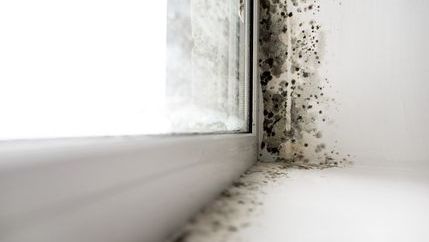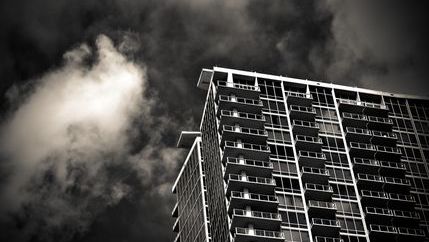
CO Awareness Week is taking place from 17 – 23 November 2025. Property agents can play a vital role by sharing safety advice with clients and tenants and ensuring that managed properties meet alarm regulations.
Using Propertymark’s fact sheets and compliance resources will help guide safety and compliance. Members can also access regional guidance :
- Installation of Smoke and Carbon Monoxide Alarms (England)
- Fitting Carbon Monoxide Detectors (Scotland)
- Smoke, Heat and Carbon Monoxide Alarms for Private Tenancies Regulations (Northern Ireland) 2024
- Fitness of Homes for Human Habitation (Wales)
Learn from the CO Alarms Saves Lives campaign, too, with a toolkit with a raft of support.
What is carbon monoxide?
CO is produced when fuels such as gas, oil, wood, or coal don’t burn properly. Faulty boilers, gas fires, cookers, or blocked flues and chimneys are common culprits. Because it can’t be seen or smelt, symptoms like headaches, dizziness, nausea, or breathlessness are often mistaken for the flu.
Higher concentrations of CO can quickly cause unconsciousness, seizures, or death. Sadly, over 200 people in the UK are hospitalised every year because of CO poisoning, which leads to around 60 deaths.
If you suspect carbon monoxide poisoning, turn off all appliances, move outside for fresh air immediately, and call 999.
Legal responsibilities
Across the UK, landlords — and agents acting on their behalf — are legally required to install and maintain working CO alarms in every room with a fixed fuel-burning appliance such as a gas boiler, fire, or wood burner. In Wales, this extends to rooms with cooking appliances, and in Northern Ireland it covers any room or circulation space with an appliance or flue.
Tenants are responsible for regularly testing alarms, keeping ventilation clear, and reporting any issues immediately.
For further clarity on compliance, landlords and agents can also consult the UK Government’s Smoke and Carbon Monoxide Alarm (England) Regulations 2015 Q&A booklet.
Choosing and installing an alarm
To ensure protection, alarms should:
- Be tested and certified to British Standard EN50291 and display a Kitemark.
- Be placed between 1 and 3 metres from the potential CO source and at head height.
- Be ceiling-mounted at least 300 mm from walls or wall-mounted at least 150 mm from the ceiling.
- Be tested monthly using the built-in button and replaced according to the manufacturer’s guidance (typically every five years).
Both battery and mains-powered models are available. Propertymark advises choosing sealed-unit alarms where possible to prevent battery removal and ensure reliability.
Annual safety checks and maintenance
Boilers, gas fires, and cookers must be serviced annually by a Gas Safe registered engineer, and each inspection recorded with a valid Gas Safety Certificate (CP12).
Poor ventilation and blocked flues increase risk — warning signs include soot marks, yellow flames, or pilot lights repeatedly blowing out. These indicate that urgent inspection is needed.





